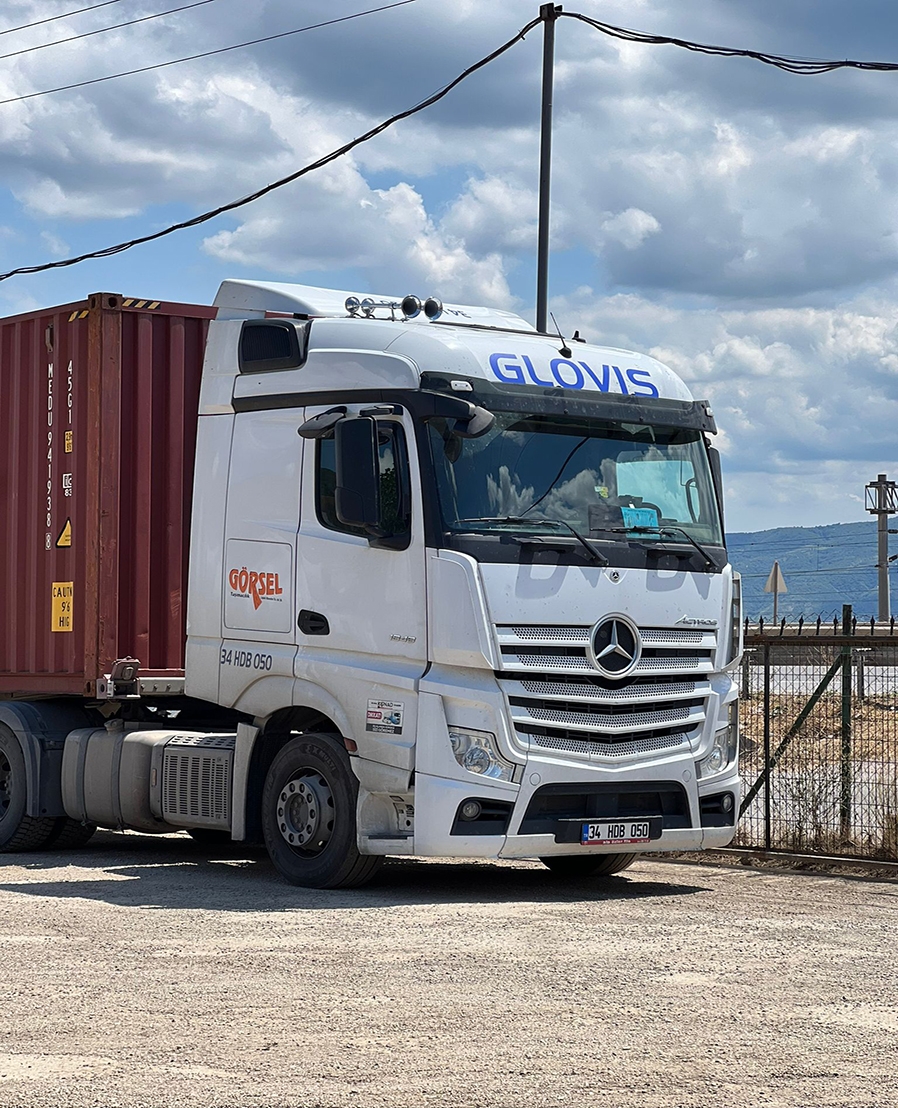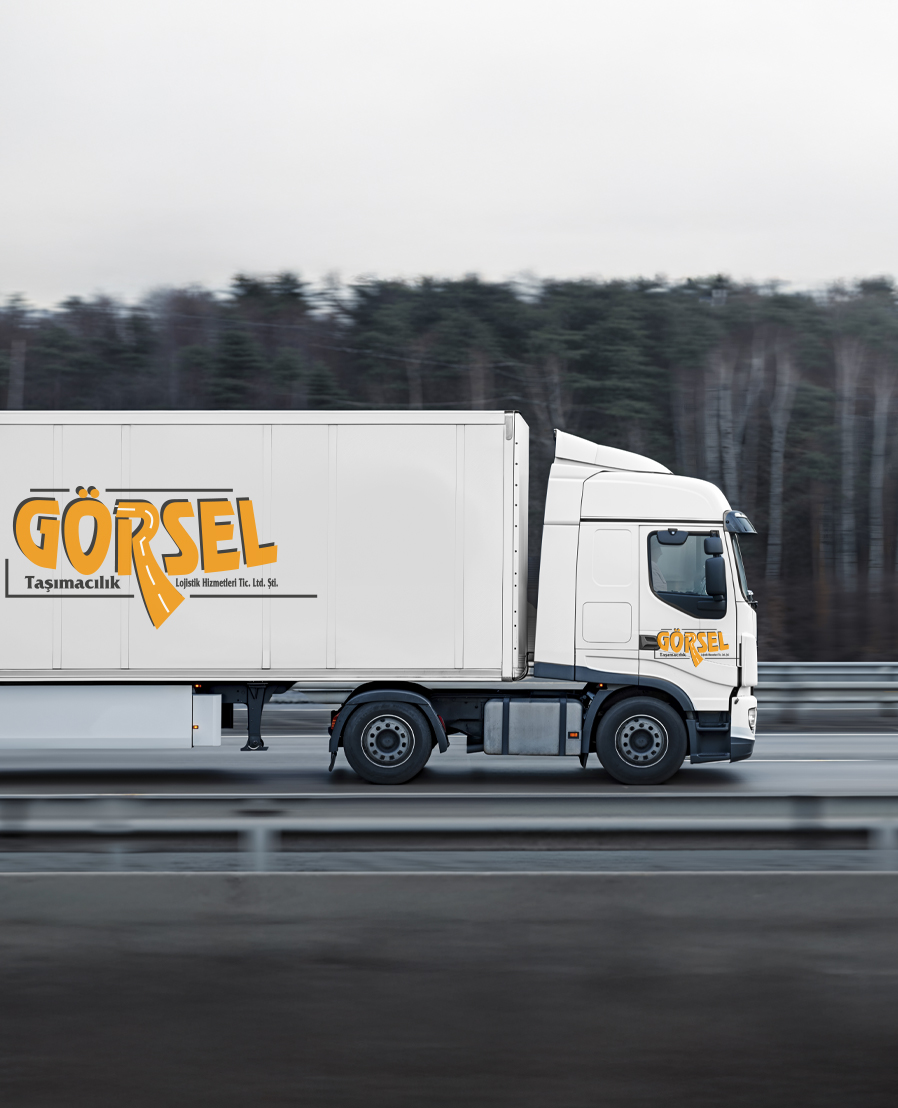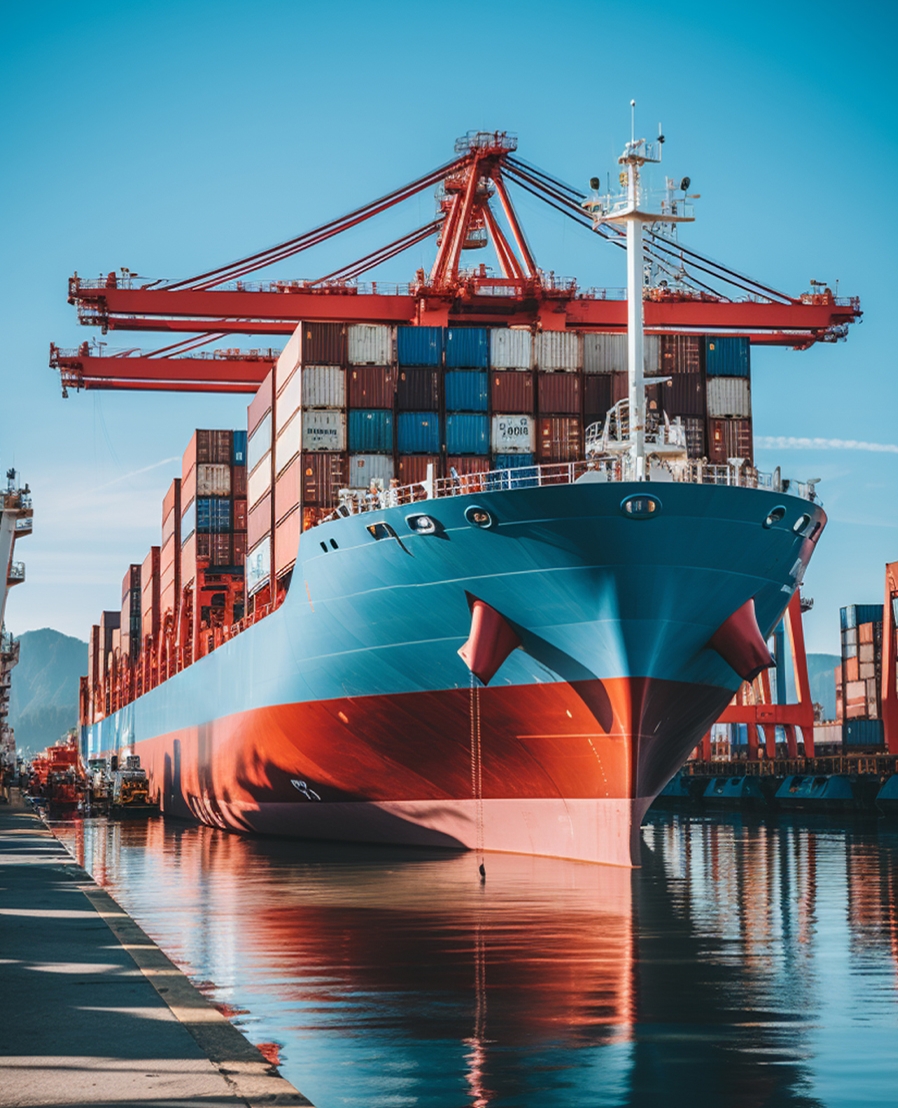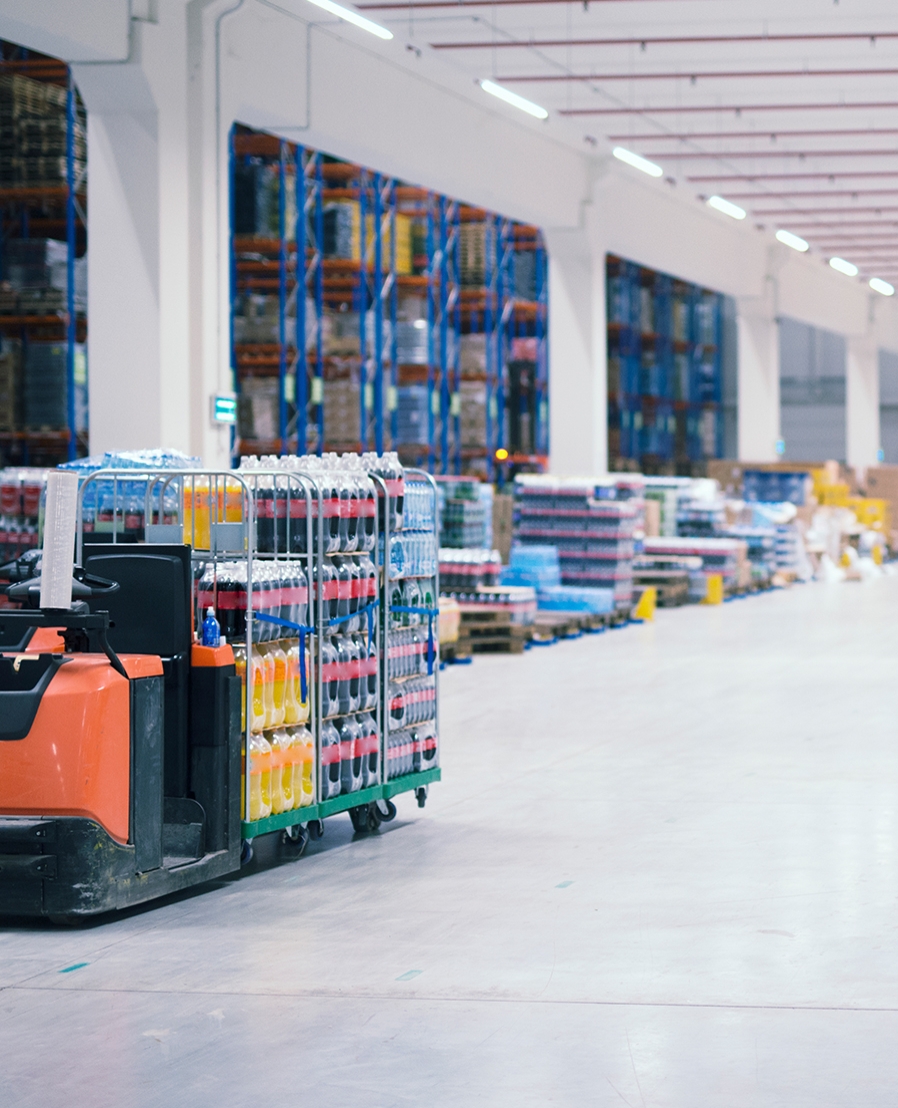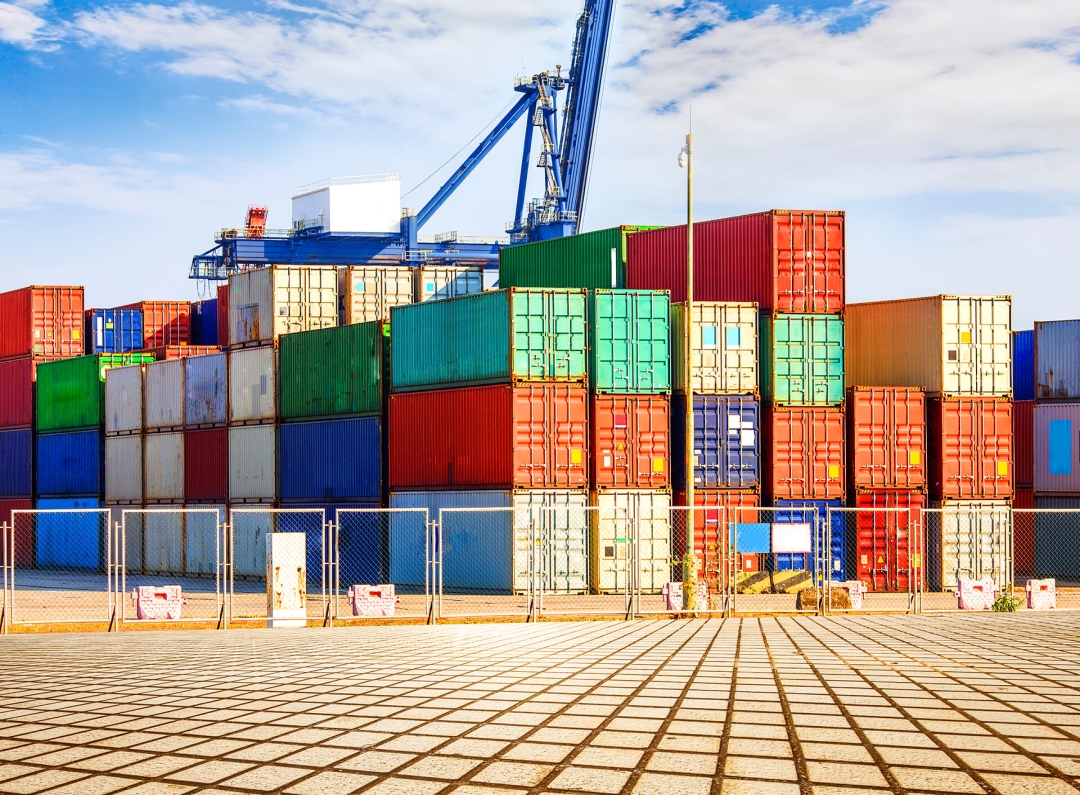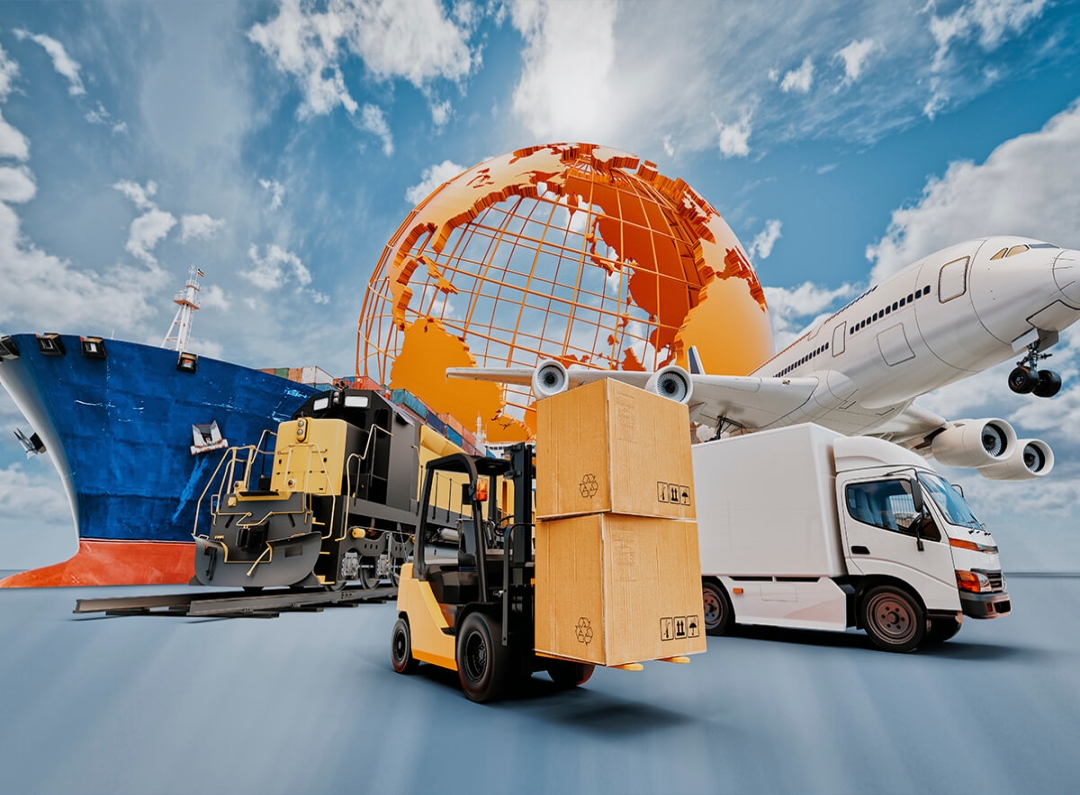Which Mode of Transport is Right for You: Road, Sea, or Air Freight?
Table of Contents
- Introduction
- 1. Road Transportation
- 2. Sea Freight
- 3. Air Freight
- 4. Comparing Transportation Modes
- 5. How to Choose the Right Mode for Your Needs
- Conclusion
Introduction
In today’s globalized world, selecting the right mode of transport is crucial for ensuring efficient and cost-effective logistics. Whether you’re moving goods domestically or internationally, the choice of road, sea, or air freight can significantly impact delivery times, costs, and the safety of your cargo. This guide will help you understand the pros and cons of each transportation mode and how to make the best choice for your business needs.
1. Road Transportation
Road transportation is the most flexible and widely used mode for both domestic and regional shipments. It offers door-to-door delivery, making it ideal for short to medium distances. Road freight is particularly effective for transporting goods to and from warehouses, distribution centers, and local markets.
Advantages:
- Direct delivery to the destination
- Cost-effective for short distances
- Flexible scheduling and routes
Best for: Small to medium-sized shipments, local and regional deliveries, and time-sensitive cargo within close proximity.
2. Sea Freight
Sea freight is the preferred mode for transporting large volumes of goods across long distances. With containerized shipping, it is a cost-effective solution for heavy and bulky cargo. Although slower than other methods, sea freight remains a cornerstone of international trade.
Advantages:
- Low cost for high-volume shipments
- Environmentally friendly compared to other modes
- Global reach through major ports
Best for: Bulk goods, non-urgent shipments, and international trade.
3. Air Freight
Air freight is the fastest mode of transportation, ideal for time-sensitive and high-value cargo. While it is generally more expensive than road or sea freight, its speed and global reach make it indispensable for certain industries such as pharmaceuticals, electronics, and perishable goods.
Advantages:
- Fastest delivery times
- Reliable scheduling and frequent departures
- Ideal for lightweight and high-value items
Best for: Perishable goods, urgent deliveries, and high-value cargo.
4. Comparing Transportation Modes
| Criteria | Road | Sea | Air |
|---|---|---|---|
| Cost | Low for short distances | Lowest for large volumes | High |
| Speed | Moderate | Slow | Fastest |
| Flexibility | High | Low | Moderate |
| Environmental Impact | Moderate | Low | High |
5. How to Choose the Right Mode for Your Needs
When selecting a transportation mode, consider the following factors:
- Budget: Sea freight is the most economical for large shipments, while air freight is better suited for urgent deliveries.
- Time Constraints: If speed is critical, air freight is the best choice. For less urgent shipments, road or sea transport may be sufficient.
- Cargo Type: Perishable and high-value goods often require air freight, whereas bulky items are more suited for sea transport.
- Destination: For remote areas, road transportation offers better accessibility.
Conclusion
Choosing the right mode of transportation depends on your specific requirements, including budget, delivery time, and cargo type. At Görsel Logistics, we offer customized solutions across all transportation modes, ensuring your goods are delivered safely and efficiently. Contact us today to find the best logistics strategy for your business.









